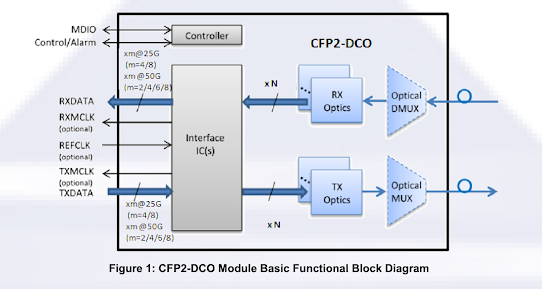Contentionless, Directionless, and Colorless (CDC)
Contentionless, Directionless, and Colorless (CDC) are terms used in the context of wavelength-division multiplexing (WDM) optical networks to describe certain capabilities of optical add-drop multiplexers (OADMs) and reconfigurable optical add-drop multiplexers (ROADMs). These capabilities aim to enhance the flexibility and efficiency of optical networks. Let's break down each term:
Contentionless: In a WDM network, multiple optical signals (wavelength channels) can share the same physical path, and at times, contention can occur when two or more signals request access to the same wavelength channel. A contentionless OADM or ROADM is designed to handle such situations without causing signal interference or data loss. It can allow different signals to be added or dropped independently, even if they share the same wavelength, by using wavelength-selective elements like filters or wavelength blockers.
Directionless: A directionless OADM or ROADM has the capability to add or drop optical signals on any input/output port without being limited to specific directions or paths. In traditional optical networks, the architecture might require specific input/output ports for adding or dropping signals in certain directions. A directionless CDC device removes this limitation, allowing flexibility in adding and dropping signals regardless of the input/output port.
Colorless: In the context of optical networks, "color" refers to the specific wavelength of light used to carry data. A colorless OADM or ROADM does not rely on predetermined or fixed wavelengths for signal addition or dropping. Instead, it can handle multiple wavelengths without being wavelength-specific. This means that it can add or drop signals at various wavelengths without being constrained to particular wavelengths.
The combination of these capabilities—Contentionless, Directionless, and Colorless (CDC)—results in more efficient and flexible optical network architectures. CDC capabilities enable network operators to dynamically allocate and manage optical channels, optimizing network resources and allowing for greater adaptability to changing traffic demands and network configurations. These features are especially valuable in modern optical communication systems where flexibility, scalability, and efficient resource utilization are key considerations.


Comments
Post a Comment